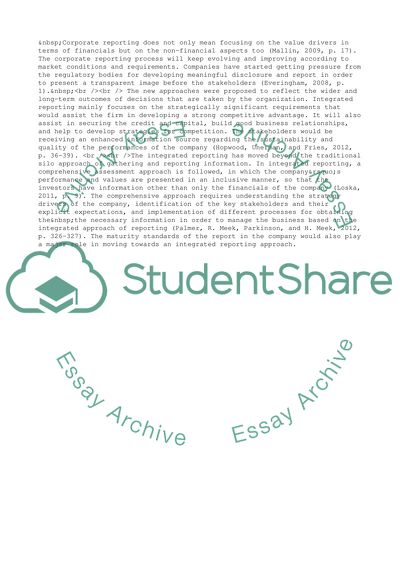Cite this document
(What is Corporate Reporting Term Paper Example | Topics and Well Written Essays - 2412 words - 1, n.d.)
What is Corporate Reporting Term Paper Example | Topics and Well Written Essays - 2412 words - 1. Retrieved from https://studentshare.org/business/1606065-current-issues-in-corporate-reporting
What is Corporate Reporting Term Paper Example | Topics and Well Written Essays - 2412 words - 1. Retrieved from https://studentshare.org/business/1606065-current-issues-in-corporate-reporting
(What Is Corporate Reporting Term Paper Example | Topics and Well Written Essays - 2412 Words - 1)
What Is Corporate Reporting Term Paper Example | Topics and Well Written Essays - 2412 Words - 1. https://studentshare.org/business/1606065-current-issues-in-corporate-reporting.
What Is Corporate Reporting Term Paper Example | Topics and Well Written Essays - 2412 Words - 1. https://studentshare.org/business/1606065-current-issues-in-corporate-reporting.
“What Is Corporate Reporting Term Paper Example | Topics and Well Written Essays - 2412 Words - 1”, n.d. https://studentshare.org/business/1606065-current-issues-in-corporate-reporting.


